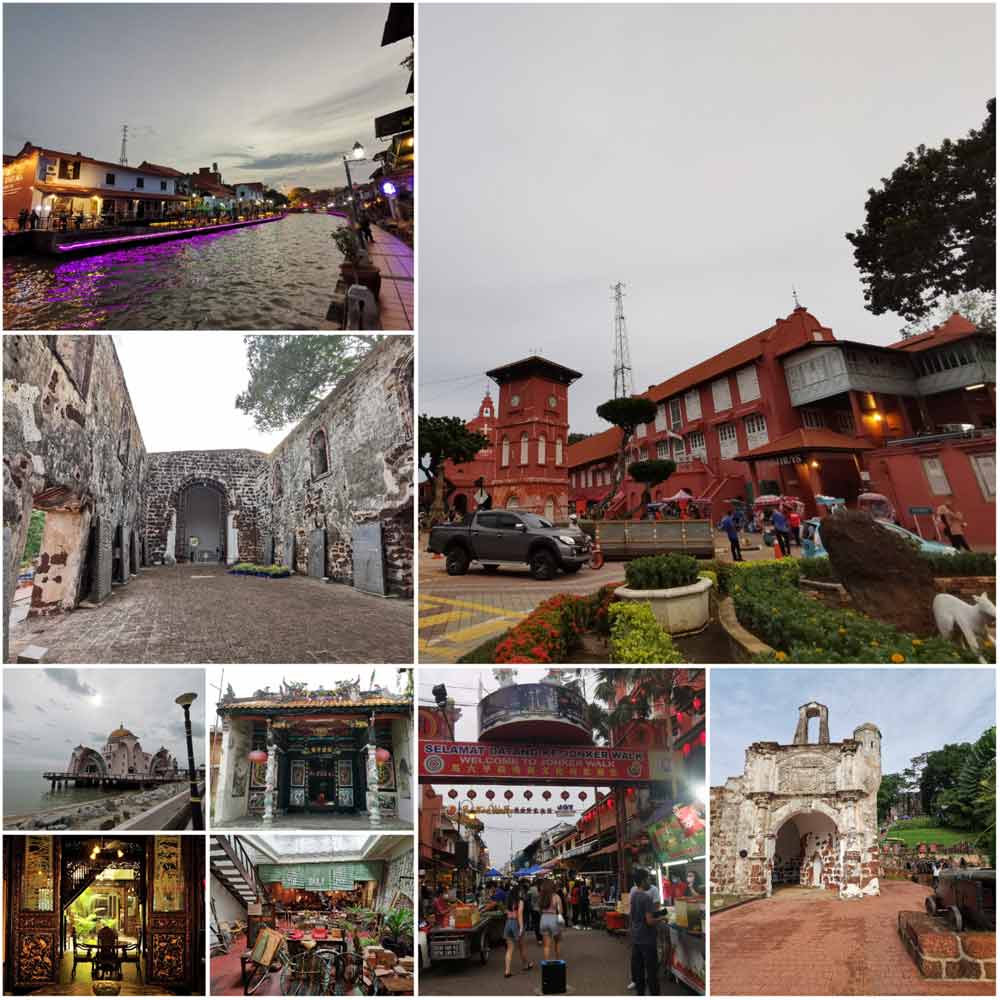Robotic automation refers to the use of robots or robotic systems to perform tasks and processes typically carried out by humans. These robots can be programmed to execute specific actions or follow a set of instructions, often with the goal of improving efficiency, precision, and consistency in various industries and applications. Here are some key aspects of robotic automation:
Types of Robots:
- Industrial Robots: These are the most common type of robots used in automation. They are typically found in manufacturing settings and are designed to perform tasks such as welding, painting, assembly, and packaging.
- Collaborative Robots (Cobots): These robots are designed to work alongside humans in a shared workspace. They are equipped with sensors and safety features to ensure safe interaction between humans and machines.
- Service Robots: Used in various industries, service robots are designed to perform tasks outside of the industrial setting, such as healthcare, logistics, and household chores.
- Manipulator or Arm: This is the part of the robot responsible for carrying out physical tasks. It can be equipped with various end-effectors (tools) depending on the application.
- Controller: The controller is the brain of the robot, managing the robot's movements and actions based on programmed instructions.
- Sensors: Robots use sensors (such as vision systems, proximity sensors, and force sensors) to perceive their environment, detect objects, and make decisions accordingly.
- End-Effector: The end-effector is the tool or device attached to the robot's arm to perform specific tasks. Examples include grippers, welders, or painting tools.
- Increased Productivity: Robots can work continuously without breaks, leading to higher productivity levels.
- Improved Precision: Robots can perform tasks with high accuracy and repeatability, reducing errors.
- Cost Savings: Although the initial investment can be significant, automation can lead to long-term cost savings by reducing labor costs and increasing efficiency.
- Enhanced Safety: Robots can handle dangerous or repetitive tasks, minimizing the risk of injuries to human workers.
- Manufacturing: Robotic automation is widely used in manufacturing for tasks such as welding, painting, assembly, and material handling.
- Healthcare: Robots are used in surgery, rehabilitation, and patient care.
- Logistics and Warehousing: Automation is employed for tasks like sorting, packing, and transporting goods.
- Agriculture: Robots are utilized for tasks like planting, harvesting, and monitoring crops.
- Construction: Automation is applied in tasks such as bricklaying, concrete pouring, and demolition.
Challenges and Considerations:
- Cost: Initial setup costs for robotic automation can be high, and organizations need to weigh these against the long-term benefits.
- Complex Programming: Programming robots can be complex and may require skilled personnel.
- Integration: Integrating robots into existing workflows and systems may present challenges.
- Job Displacement: The increased use of automation may lead to concerns about job displacement and the need for workforce reskilling.
- In summary, robotic automation involves the use of robots to perform various tasks in different industries, offering benefits such as increased productivity, precision, and safety. However, it also presents challenges that organizations need to consider when implementing automation solutions.







